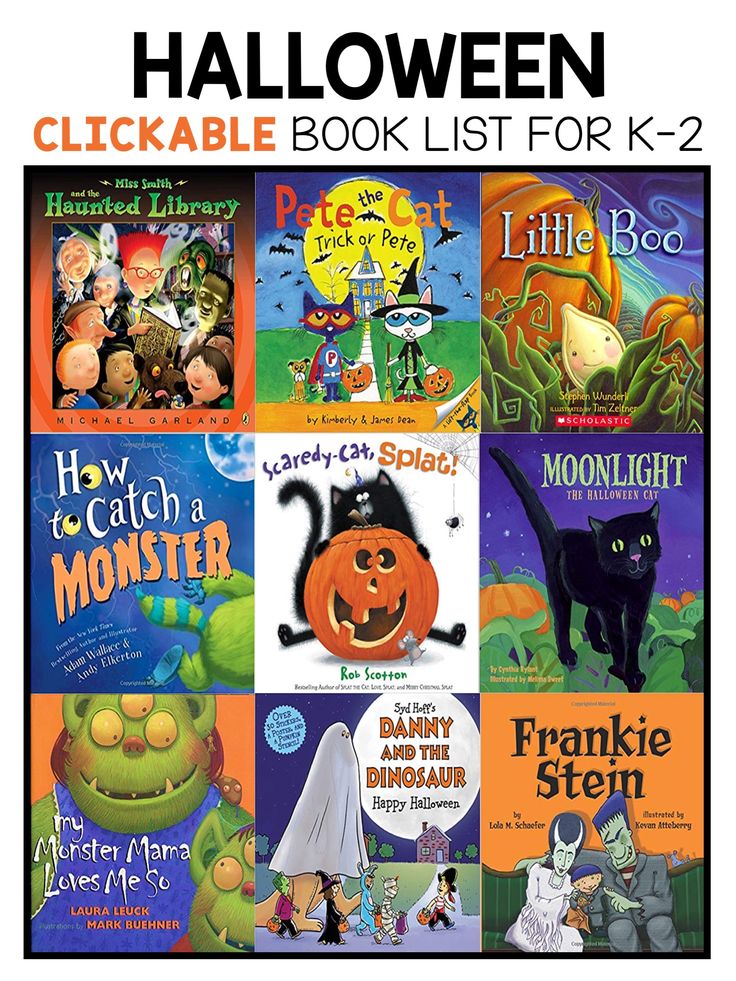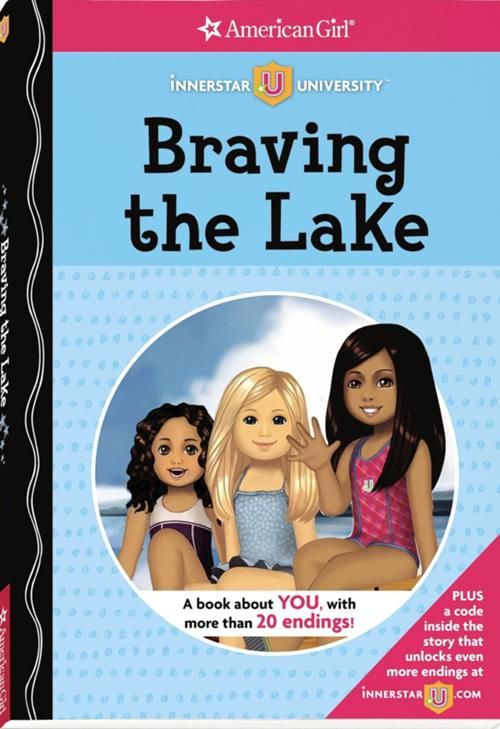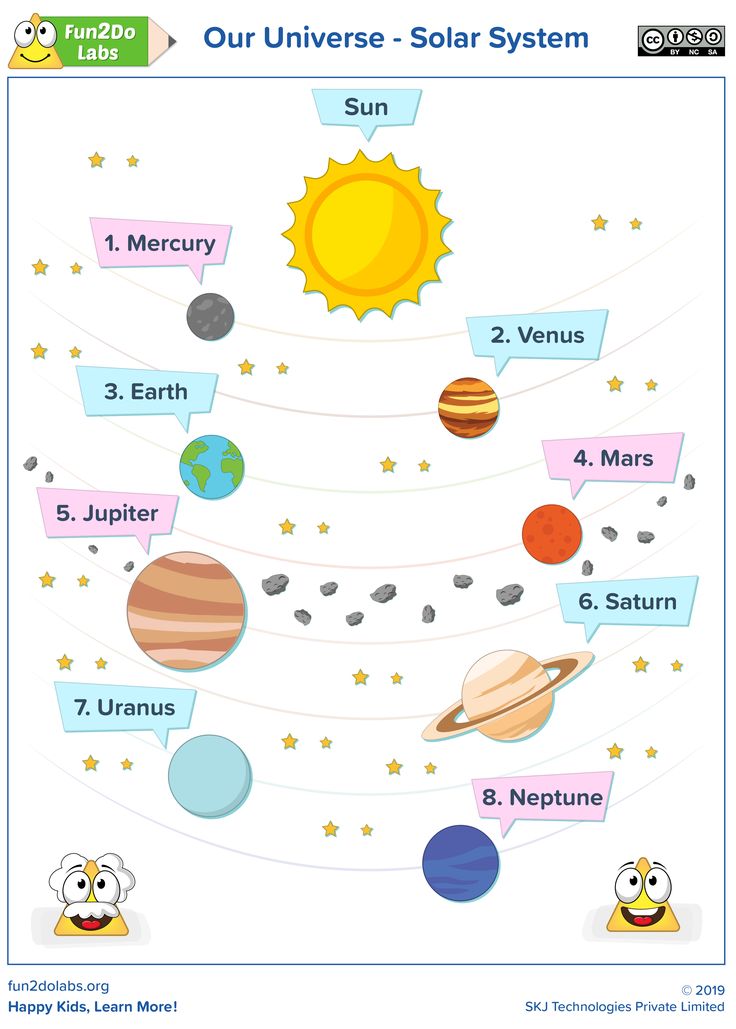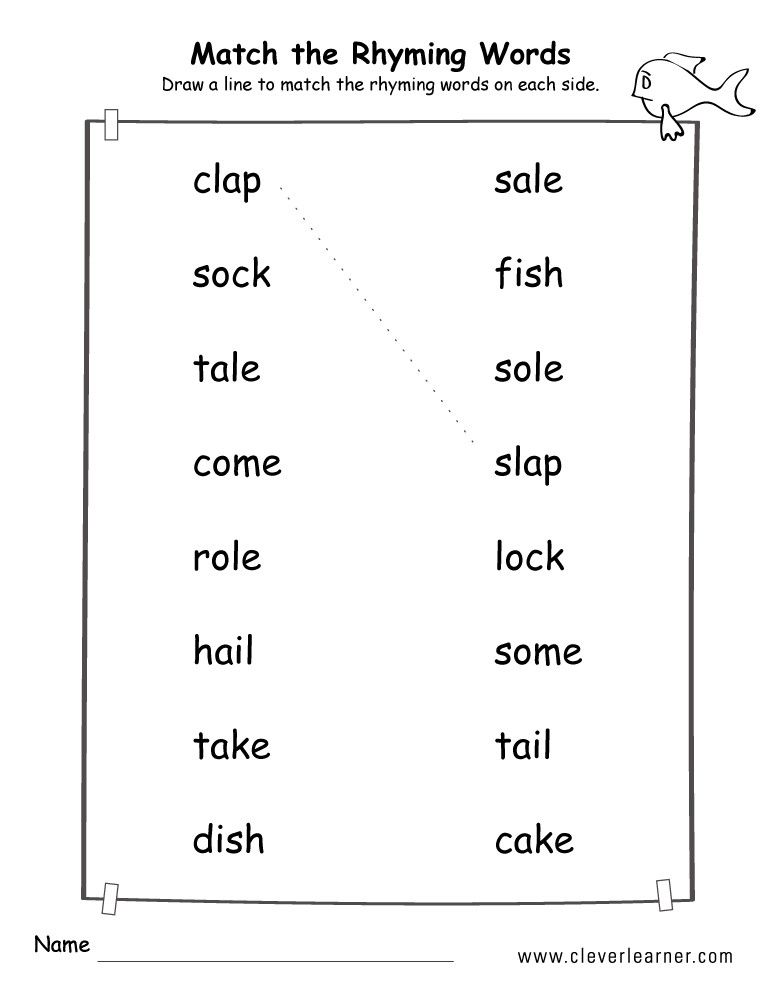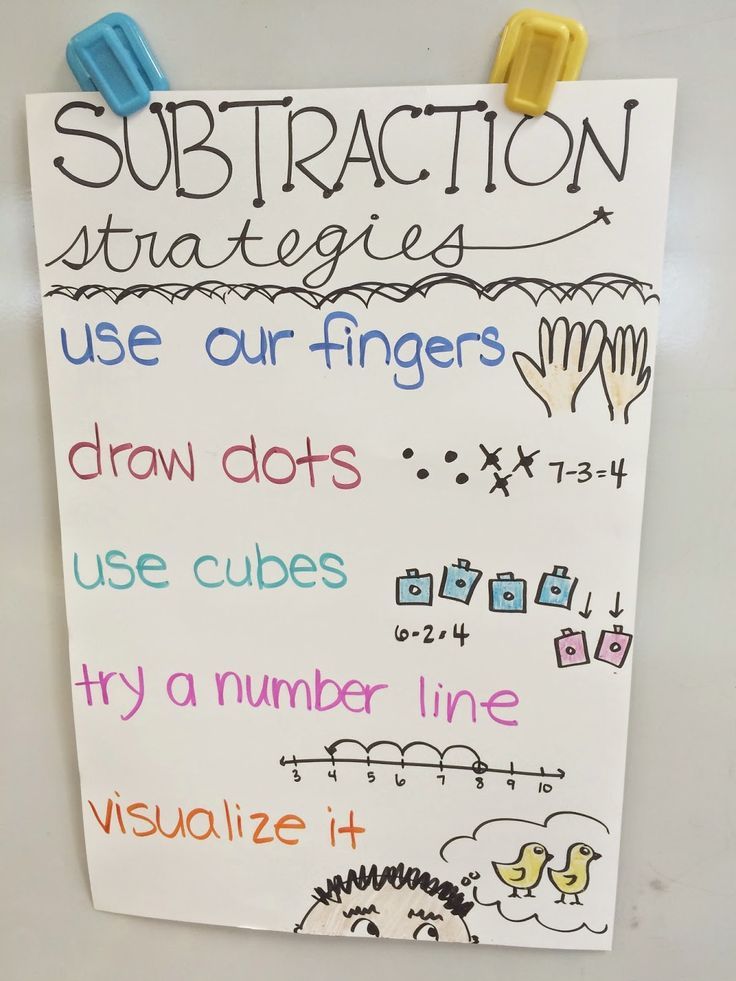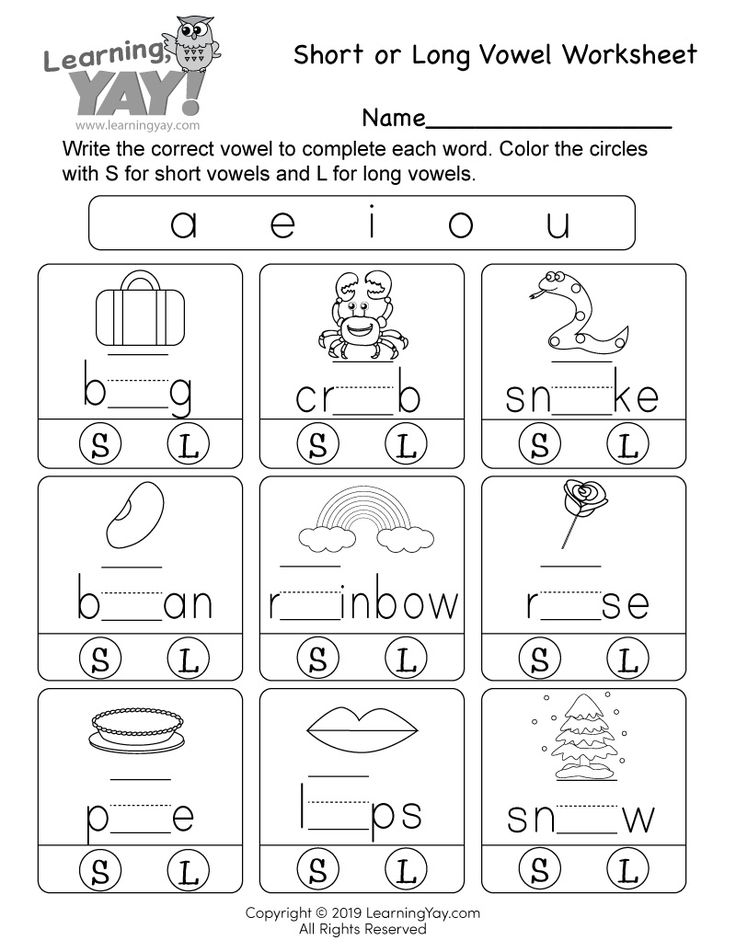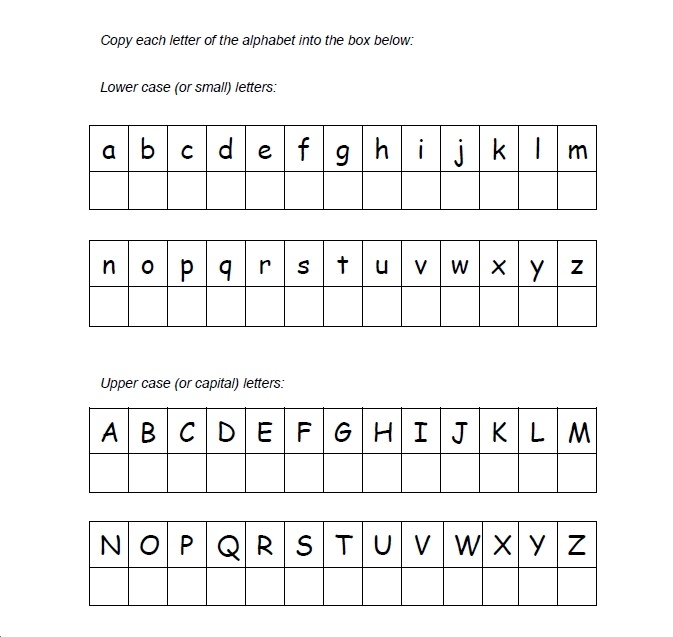Guided reading books kindergarten
Printable & Digital Guided Reading Books for Kindergarten & First Grade
Guided Reading Books available in printable and digital format for K/1. Leveled readers with lesson plans, running records, word work activities, and more!
Guided Reading Books
Small-group guided reading is our time to truly work closely with students in the hopes of creating fluent readers. Students work on high-frequency words, establish reading strategies, and write sentences, all while becoming confident readers. However, sometimes our resources are limited. The biggest problem we seem to face… our schools are unable to provide enough leveled texts. So, we created leveled readers that were written with the Fountas and Pinnell text structure guidelines in mind. And now, they are becoming available in digital format!
Lesson Plans
I wanted to take some time to review our lesson plan that comes with each of our guided reading books. Throughout 2 days, students will be introduced to a book, practice a strategy, and respond through guided writing.
High Frequency Words
If you don’t have cookie sheets with magnetic letters, I highly recommend getting some! It makes organizing your small-group practice so much easier.
Start by introducing the sight word by building the word on the cookie sheet. You might say something like this, “This word is can.” Point to each letter and say the letter name, “c – a – n, can.” You can then practice mixing it up and fixing it or removing a letter and having students find which one is missing.
Lastly, have students write the word from memory. If you see them making an error, correct them quickly. Since they are working on muscle memory, you don’t want them to write the word incorrectly.
Reading Strategy Focus
Determine which strategy you want your students to focus on. For pre-readers and beginning readers, focus on Pointer Pup, Eagle Eye, Lips the Fish, and Stretchy Snake. As students become stronger readers, they move onto Chunky Monkey, Flippy Dolphin, Skippy Frog, and Tryin Lion.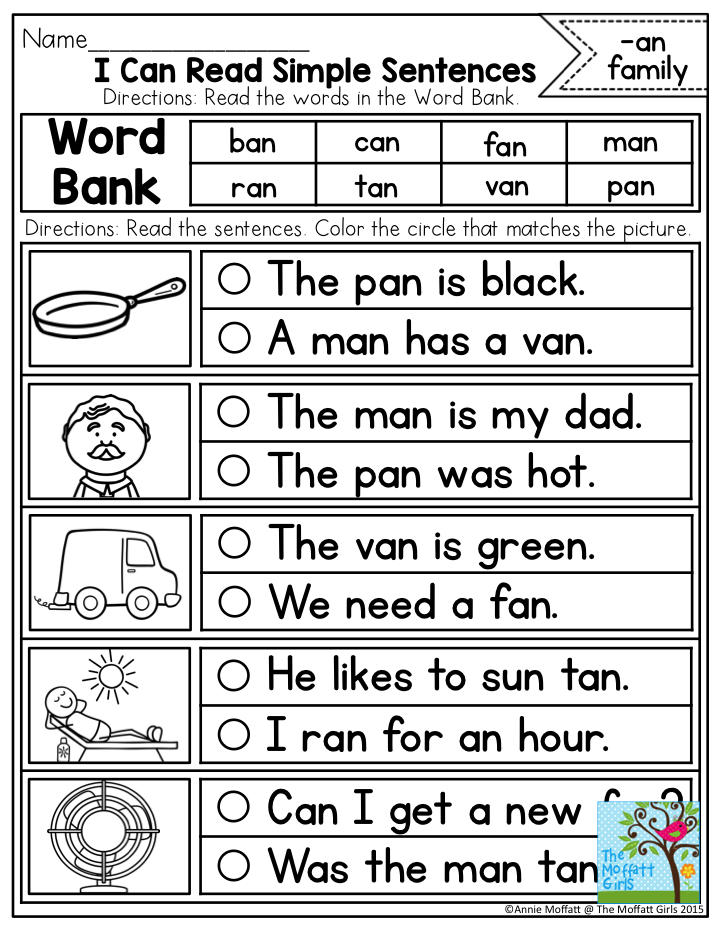
To learn more about the reading strategies and activities you can do to build those skills, check out this video.
Book Introduction
Introduce the story to your group. Have students complete a picture walk through the text. Depending on the reading level, you may want to read the first few pages together to establish the sentence pattern. For Pre-A and A groups, the first read may be done as a choral read.
Check out these digital leveled readers! I am so excited about them!!
After reading the text, talk about some things that were in the story. You could discuss any connections that were made, as well.
Word Work
The word work is planned out for each story. For beginning levels, students may practice sorting by beginning sound whereas, later in the year you may be practicing short and long vowels.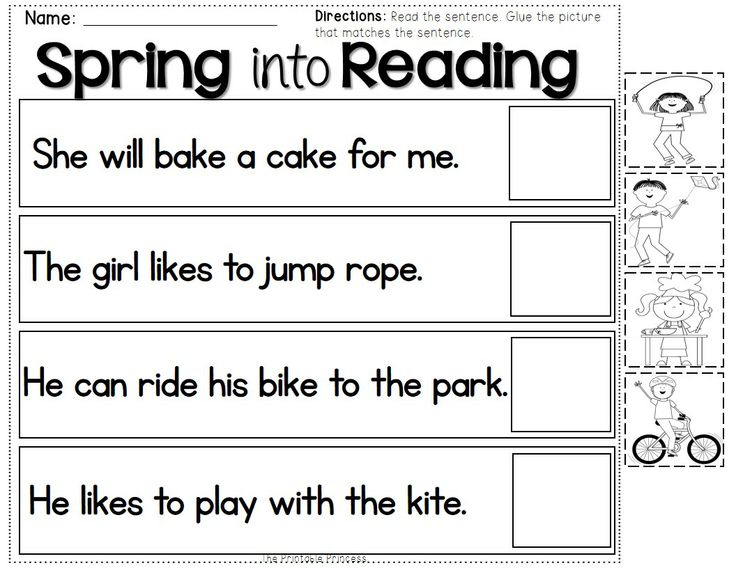
Sentence Work
Students unscramble the sentence and glue it correctly on their paper or in a notebook. They also illustrate the sentence. Then, students compose their own sentence using the same sentence pattern.
Guided Writing
Students respond to a prompt using the same sentence pattern as the book or show their comprehension of the text.
Take a look at all we have to offer in the world of guided reading!
- Guided Reading Bundle: Leveled Readers AA-G
- Guided Reading Bundle SET 2: Leveled Readers AA-G
- Traditional Tales Bundle: Leveled Readers AA-J
Do you have some questions about teaching guided reading in your classroom? Check out this blog post with some great information:
- Guided Reading: Become an Expert!
📌 SAVE THIS IMAGE FOR LATER!
Guided Reading — Hubbard's Cupboard
During shared reading in the kindergarten classroom, teachers guide the entire class through stories with a high level of support.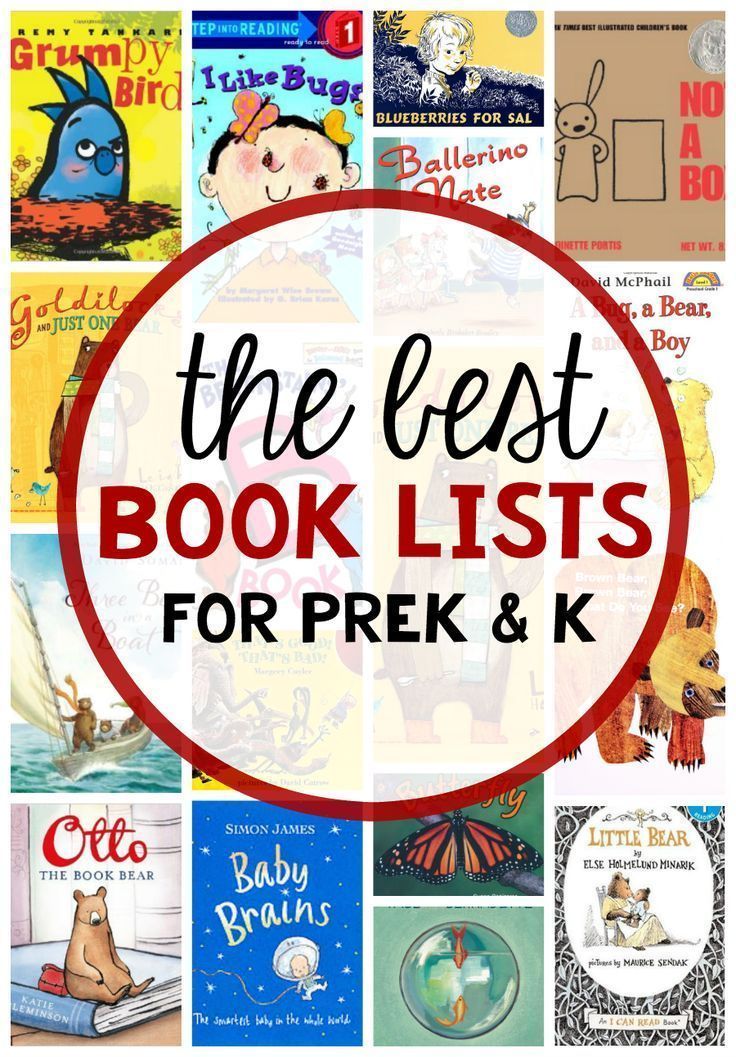 It is considered guided reading at this level. In order to continue meeting the needs of beginning or emergent readers, many kindergarten teachers are also incorporating modified aspects of the guided reading used in most first grade classrooms.
It is considered guided reading at this level. In order to continue meeting the needs of beginning or emergent readers, many kindergarten teachers are also incorporating modified aspects of the guided reading used in most first grade classrooms.
Guided reading has many of the same components as shared reading. However, it is conducted with a smaller number of students and focuses more on the individual reading needs of each child. During guided reading, teachers work with students at their instructional level to guide them in using the context, visual, and structure cues within stories to generate meaning. By using instructional level texts that gradually increase in difficulty, students apply strategies in context and feel successful! The end goal, as with any literacy component used in kindergarten, is for students to become confident, proficient readers who LOVE to read!
Guided reading in kindergarten can be conducted one on one or in small groups using books with predictable text, decodable text, books containing a large number of sight words, specially leveled books in a series, or trade books.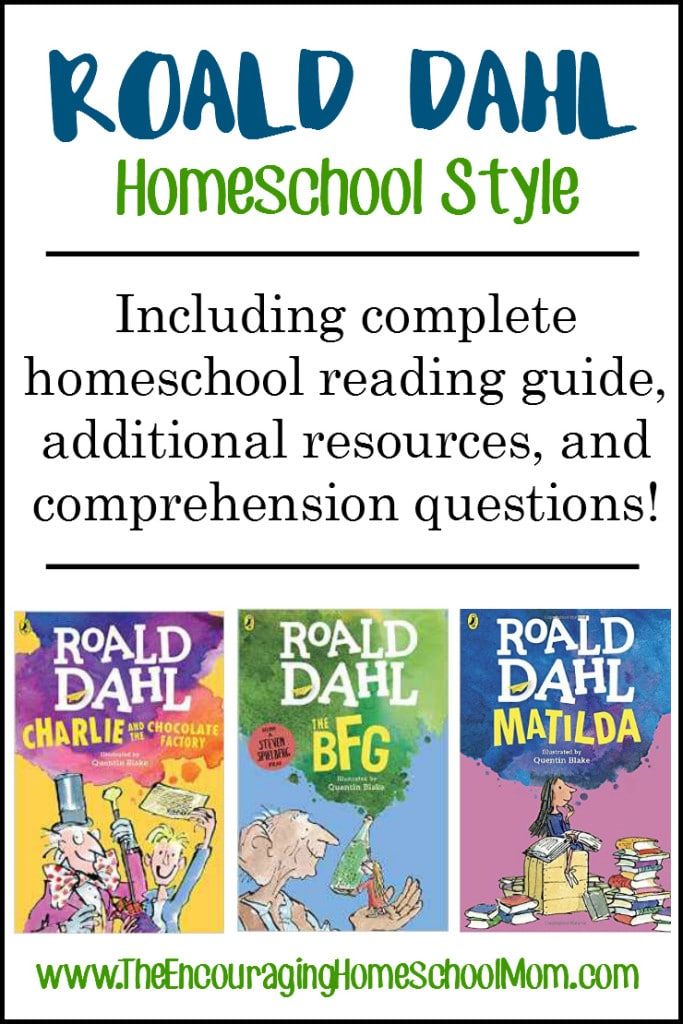 Teachers in a half day setting may meet with each guided reading group once or twice a week while full day kindergarten classrooms may be able to meet daily.
Teachers in a half day setting may meet with each guided reading group once or twice a week while full day kindergarten classrooms may be able to meet daily.
Below are some resources that should be helpful for starting guided reading in the kindergarten classroom...
Skills and Strategies to Focus On
Leveling Books
Running Records
Where to Find Leveled Sets of Emergent Readers
Blackline Masters for Non Leveled Emergent Readers
Take Home Book Boxes
More Guided Reading Resources and References
Skills and Strategies to Focus On:
These are just a few areas in which to help students with during guided reading...
- tracking print left to right and word by word
- one to one matching
- using picture cues
- applying letter and sound knowledge in context
- activating prior knowledge
- recognizing and reading sight words
- predicting and inferring
- attending to concepts of print (spacing, capitalization, punctuation)
- retelling a story with sequence and story elements (characters, setting, beginning, middle, end)
- self correcting
Reading Cues - P rompts and strategies for 'during reading' to help beginning readers
Leveling Books:
Reading Recovery, Fountas and Pinnell, and different publishers have varying leveling systems.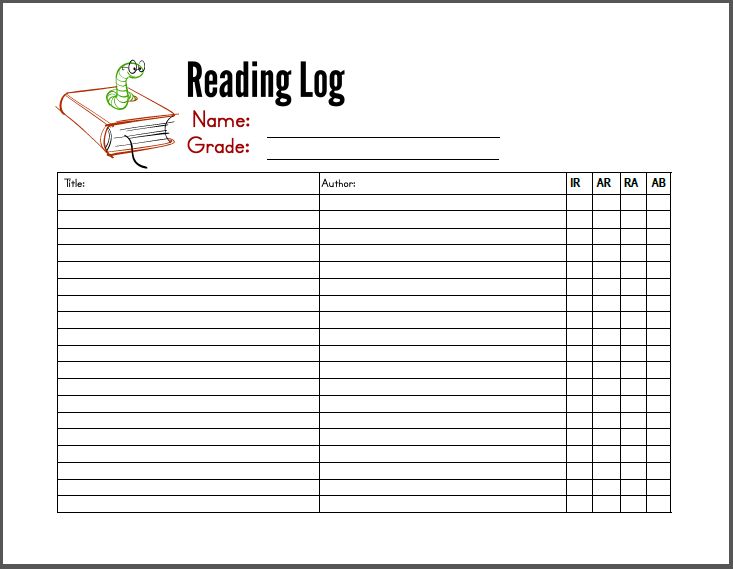 How do educators compare levels and use books from different sources? How do we level books that currently do not contain a level? Check out the informative links below!
How do educators compare levels and use books from different sources? How do we level books that currently do not contain a level? Check out the informative links below!
Characteristics for Book Levels - The traits for each book level, as determined by Fountas & Pinnell, are described on page 5 of this PDF document published by CIERA. This is also a great place to refer to when leveling books and booklets that have not been previously leveled.
Scholastic Book Wizard - allows you to search for books by author, title, or keyword and provides information for each book on on interest and grade level
Running Records:
Running records are used to assess and record what cueing systems students are currently using while reading. It also helps to determine the difficulty level of the text they are reading and assists teachers in accurately matching students to instructional level materials.
Running Records - free, printable form
Assessment Tips - From Reading A-Z
Running Record Calculator - from the University of NC
Running Record Calculator
Where to Find Sets of Leveled Emergent Reader Books:
Printable Booklets - some free and some for a fee from Reading a-z
Creative Teaching Press - I especially like CTP's Learn to Read Series (predictable, engaging text for early readers)! The Sight Word Readers and Dr. Maggie's Phonics Readers (decodable) are also good from CTP.
Maggie's Phonics Readers (decodable) are also good from CTP.
Scholastic Guided Reading
Wright Group
Take Home Readers - from Keep Books
Black Line Masters for Non Leveled Emergent Reader Booklets:
StarFall On Line Readers - on line decodable books and free booklets for teachers
Printable Booklets for Emergent Readers - booklets to correspond with story lessons, sight words, word families, and concepts (all here at Hubbard's Cupboard!)
Make Your Own Mini Books - printable booklets from DLTK
Single Page Stories for Kindergarten and 1st Graders - from Clark Ness
- 25 Emergent Reader Mini-Books (Grades K-1) by Maria Fleming
- Pocket Charts for Emergent Readers (Grades K-1) by Valerie Schifferdanoff
- 25 Science Mini-Books for Emergent Readers (Grades K-1) by Carol Pugliano-Martin
- 20 Sing-Along Mini-Books for Emergent Readers: Sweet and Simple Stories That Can Be Sung to the Tunes of Favorite Children's Songs by Maria Fleming
- 25 Holiday & Seasonal Emergent Reader Mini-Books (Grades K-1) by Maria Fleming
- Take Home Books: Math by Karen P.
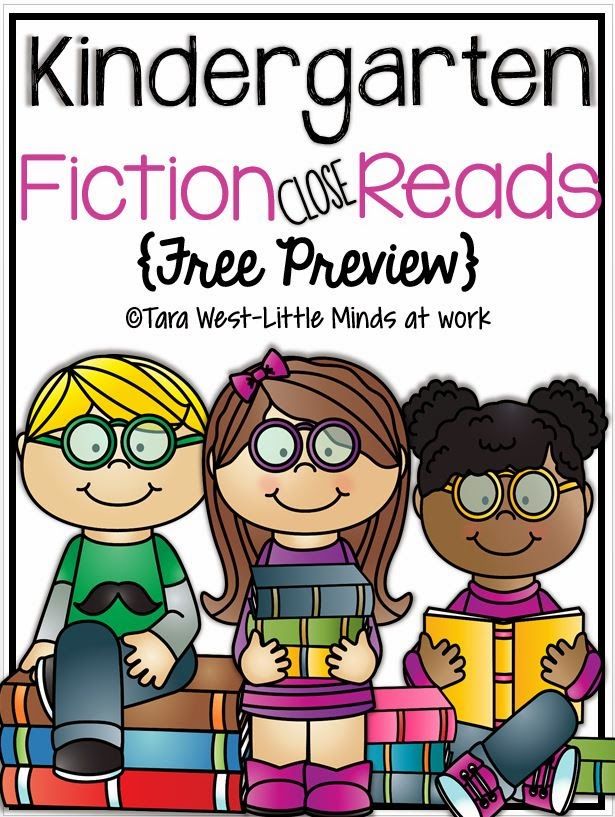 Hall
Hall - Take Home Books: Science by Karen P. Hall
- Take Home Books: Social Studies by Karen P. Hall
- Take Home Books: Fun and Fantasy by Karen P. Hall
- Look, Look, I Wrote a Book: Reproducible Little Books for Emergent Readers by Linda Ball
Take Home Book Boxes:
Sample Home Poems and Booklets Letter - a PDF from Hubbard's Cupboard. I sent this letter home with the book boxes that each child made. The boxes were used to store copies of poems, reproducible booklets, and retelling booklets that we read many times in class and corresponded to our shared reading stories. You could send a similar note home with your students' book boxes and use the boxes to store their reproducible leveled readers. Boxes can be made from shoe boxes, dry laundry detergent boxes, bakery boxes, etc.! The goal of the take home book boxes is to provide/extend appropriate reading materials in the home and to encourage reading at home!
More Guided Reading Resources and References:
Making Guided Reading Work - a wonderful PDF article written and shared by Lori St.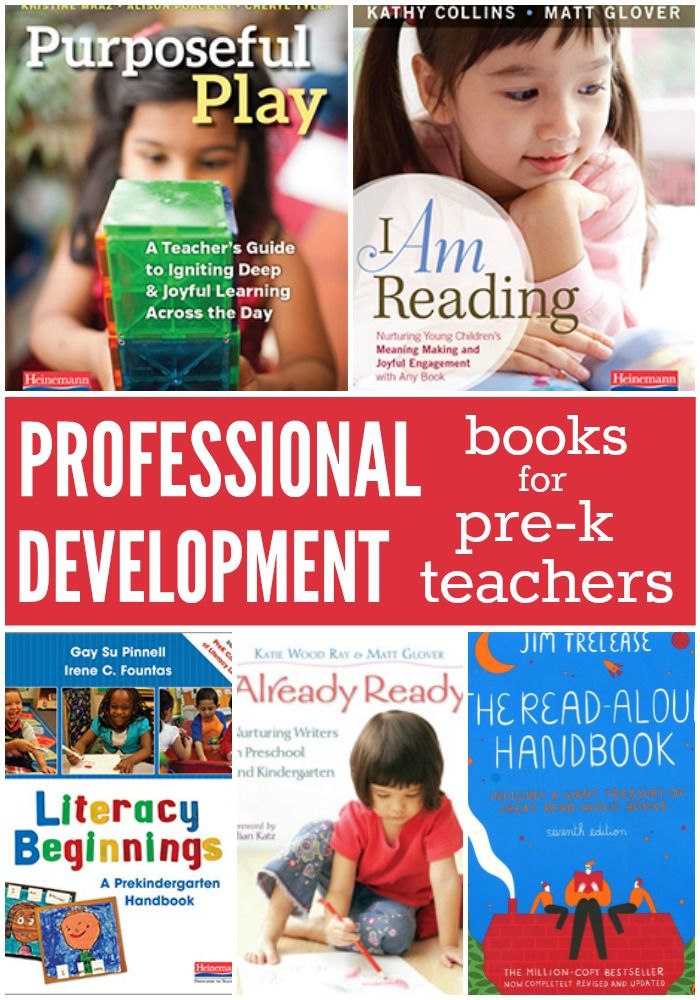 Amand & Chris Binicki - explains in detail how to introduce literacy centers, how to implement guided reading, and guided reading concepts to focus on in a half day Kindergarten classroom
Amand & Chris Binicki - explains in detail how to introduce literacy centers, how to implement guided reading, and guided reading concepts to focus on in a half day Kindergarten classroom
Guided Reading in First Grade -from eHow
Guided Reading Workshop- for elementary classroom teachers, info, printables, and video
- Guided Reading : Good First Teaching for All Children by Irene C. Fountas, Gay Su Pinnell
- Matching Books to Readers: Using Leveled Books in Guided Reading, K-3 by Gay Su Pinnell, Lois Bridges Bird, Irene C. Fountas
- Guided Reading: Making It Work (Grades K-3) by Mary Browning Schulman, Mary Browning Shulman, Carleen dacruz Payne
- Balancing Literacy: A Balanced Approach to Reading and Writing Instructions Gr. K-2 by Dr. Margaret Allen
- An Observation Survey Of Early Literacy Achievement by Marie M. Clay
- The Teacher's Guide to the Four Blocks by Patricia Cunningham, Dorothy Hall, & Cheryl Sigmon
Reading fiction in kindergarten.
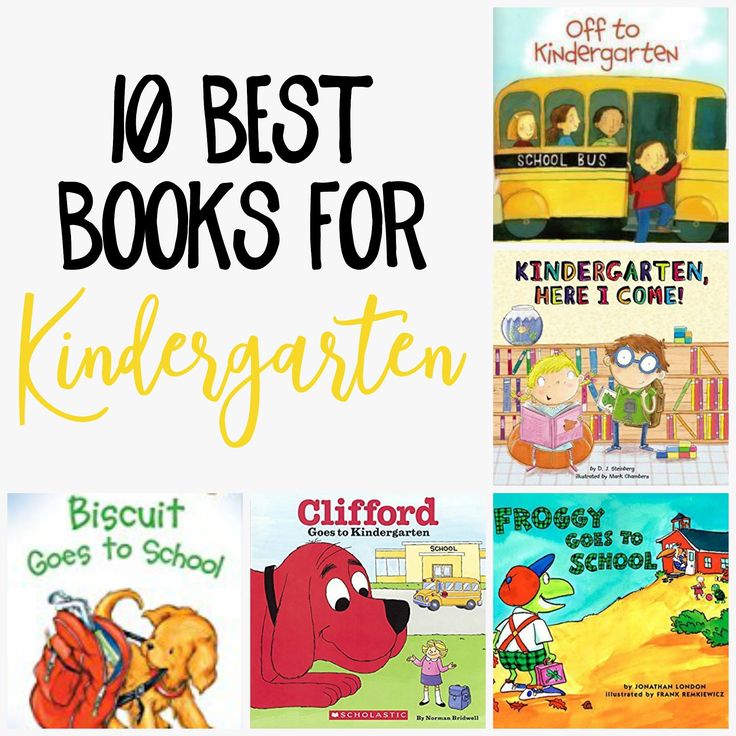 | Fiction consultation (senior group):
| Fiction consultation (senior group): ME WITH CHILDREN
Reading fiction in kindergarten.
Dryanitsyna Natalya Yurievna.
Introducing children to artistic reading is currently a problem of modern society. It should be noted that literature is a powerful means of intellectual, moral and aesthetic education. It enriches children's speech, emotions, forms humane feelings, makes it possible to think, fantasize. Adults, from the very birth of a child, should arouse interest and love for the book, open the reader in the baby.
The main goal of reading fiction in kindergarten is to develop an interest in reading among preschoolers. Such activity begins already in the first junior group.
Preschool children are listeners, not readers, therefore a work of art is conveyed to them by a teacher. The teacher has an important task - each work must be conveyed to children as a work of art, its intention revealed, the listener interested in an emotional attitude to what is read: feelings, actions, lyrical experiences of the characters.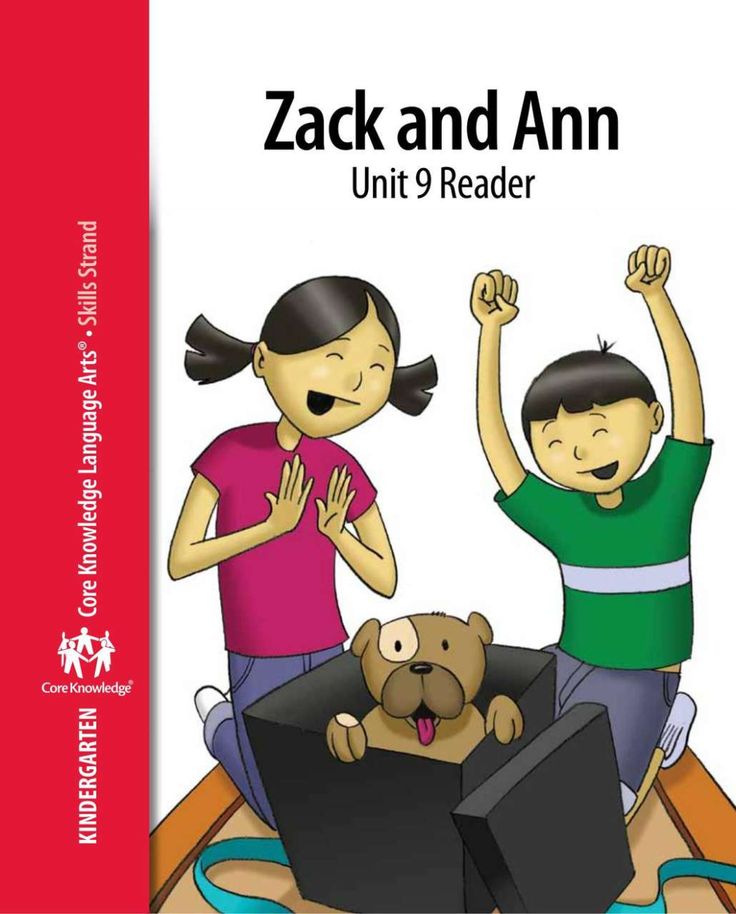
The purpose of the work of teachers:
• Development of interest in fiction.
• Formation of literary taste.
• Education of the future reader.
Tasks:
• Introduce children to various genres of literature (stories, poems, works of oral folk art (songs, nursery rhymes, riddles, fairy tales, poets, writers, illustrators).
• Enrich vocabulary with figurative words, expressions, help form competent speech.0003
• To promote psychophysiological development (phonemic hearing, memory, attention, imagination, artistic and literary creativity.
• To form a positive image of "I".
• To cultivate the need to communicate with a book, the culture of reading, respect for the book.
In the process of communicating with a book, the child not only learns the past, present and future of the world, but most importantly, learns to think, analyze, develops creatively, thus forming the moral and cultural basis of the personality. 0003
0003
Instilling interest in fiction, forming a literary taste, we use various, including non-traditional forms of work with children, parents, the public, since only well-coordinated joint work, the efforts of adults surrounding children can introduce children to reading books.
Methods of work to introduce children to reading include:
- Verbal:
• Reading works of art.
• Talks based on reading.
• Learning by heart.
• Retelling of works.
• Expressive reading.
- Practical:
• Dramatization games.
• Didactic games.
• Elements of staging.
• Image of what has been read in visual activity (sculpting, drawing, appliqué).
• Theatrical activities.
- Visual:
• Display of illustrations, pictures, toys.
• Watching videos, movies.
• Design of exhibitions.
• Use of different types of theatre.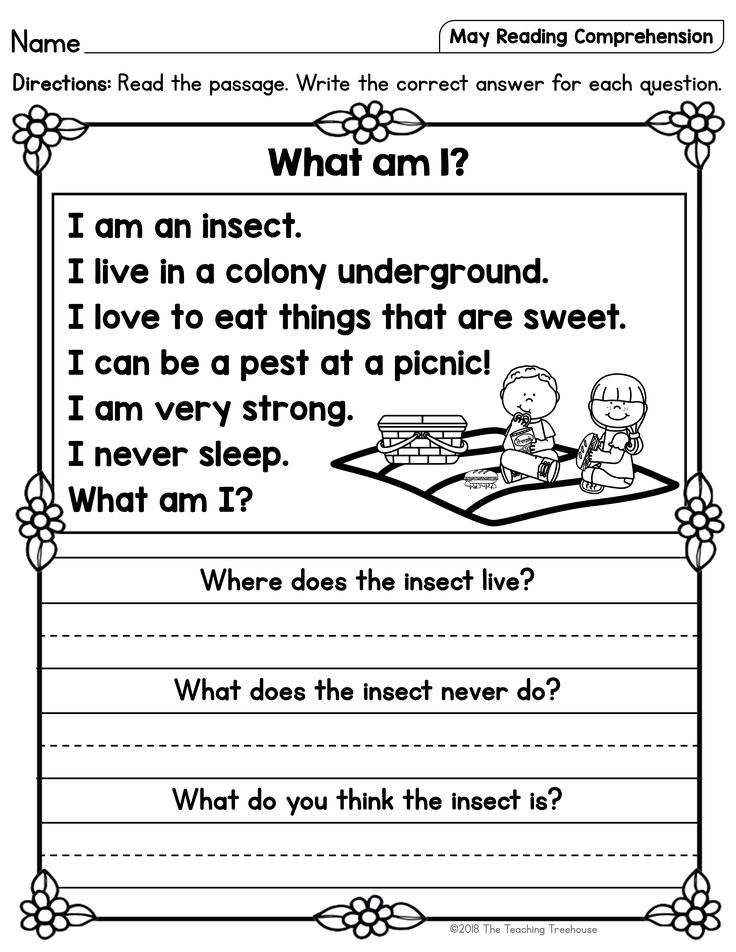
Examples of cooperation with parents are:
• Parent meetings.
• Individual advice.
• Workshops.
• Folders - sliders.
• Photo presentations.
• Participation of parents in project activities, literary competitions, in the creation of the library fund of the preschool educational institution, in the design of exhibitions, layouts.
Based on the fact that the system of work on introducing preschool children to reading books based on various forms of work with children, parents, and the public allows preschoolers to:
1) increase the level of cognitive, speech, psychophysical development of children;
2) creates the prerequisites for the realization of creative abilities, self-expression;
3) helps children enter the world of fiction and develop reading skills.
Thus, it is important to recognize the process of reading as determining in education and development, worldview and moral development of a person, a child.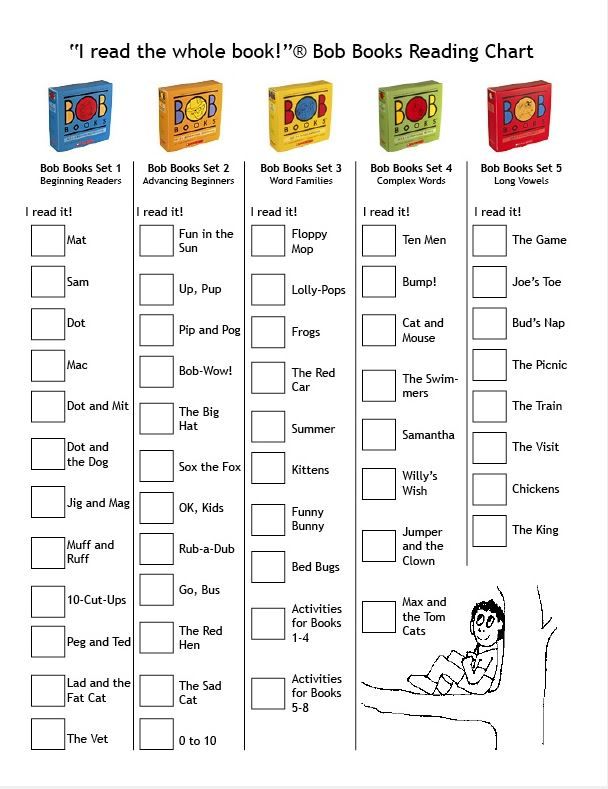
The importance of books in the development of preschool children
The importance of books for a child is very great. Books serve to expand the child's understanding of the world, to acquaint him with things, nature, everything that surrounds him.
It is the parents who read the child's first books and influence the formation of his preferences and reading tastes.
You need to read with your child: take a book, sit down and read. When systematically books are read aloud, then over time the child begins to understand the structure of the work: where the beginning and end of the work, how the plot develops. The child develops logical thinking. Thanks to reading, the child learns to correctly compose sentences, his vocabulary expands, and his imagination develops. In addition, the child develops the ability to listen, and this is a very important quality.
Experience shows that those children who were read books in childhood, told fairy tales, becoming adults, they read a lot.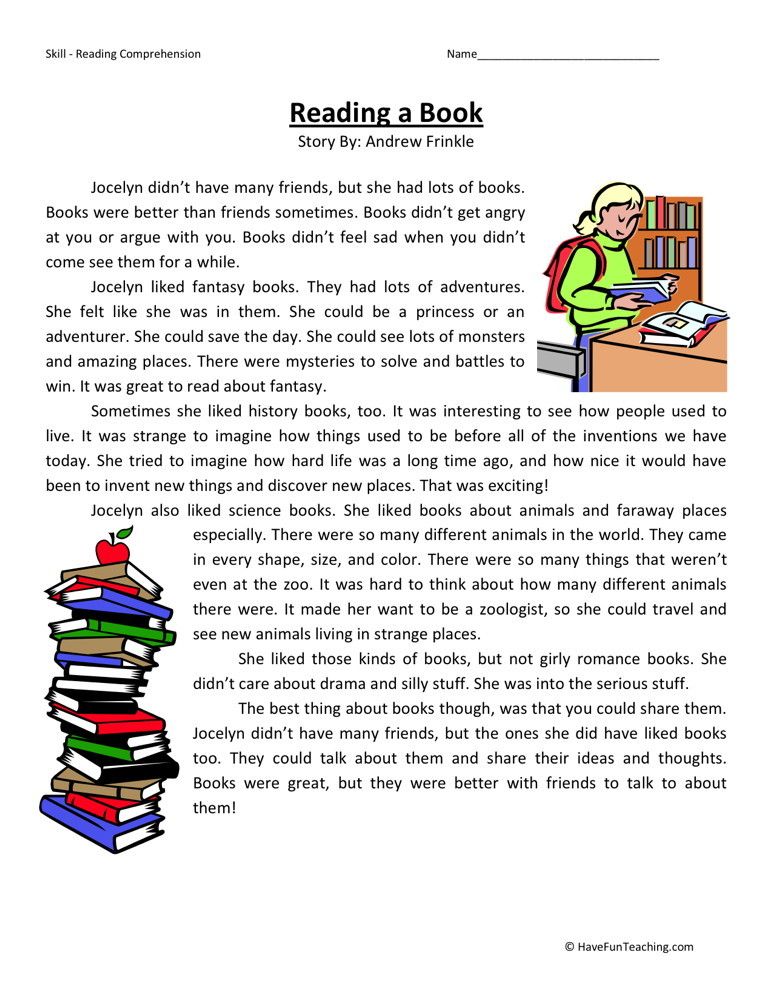 Reading helps the child to better understand the native language, develops imagination.
Reading helps the child to better understand the native language, develops imagination.
It is believed that those children do not like to read, in whose families there was no tradition of reading aloud. It is also bad when a child is forced to read in early childhood, great success is expected of him, this can discourage the child from reading. Do not refuse the child when he asks to listen to how he reads.
Why read books to children?
Children have a great need for their parents to read aloud to them. For the successful development of the child, family reading is very important, and not only until the child himself can read, but also at a later age. Children look forward to when mom or dad has time for them.
In order for a child to grow up mentally healthy, he needs full communication with his parents, personal communication, when attention is paid to him completely. And reading together makes that possible.
The first reason to read books is to satisfy the child's need for security
and security.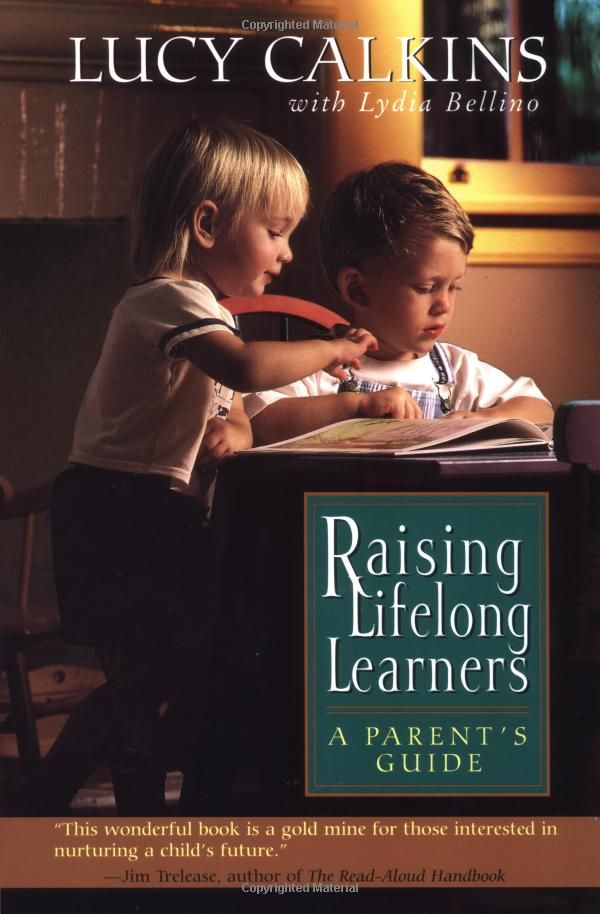 A single space is created, a sense of belonging. Such moments have a strong influence on the formation of a comfortable sense of the world.
A single space is created, a sense of belonging. Such moments have a strong influence on the formation of a comfortable sense of the world.
The second reason is the feeling of value and significance of one's "I" .
When parents read what is interesting to the child and are ready to discuss with him topics that are significant to him, strive to understand his views as best as possible, the child develops an idea of himself as a significant person whose needs and interests are important (because they pay attention to such important people - parents).
The third reason is the formation of values
The book affects the moral ideals of the child, forming his values. The heroes of the books perform various actions, experience various life situations, consonant with the world of the child or unknown to him. Using the examples of situations in which the heroes of the books find themselves, the child learns to understand what good and evil, friendship and betrayal, sympathy, duty, honor are. And the task of parents is to help see the reflection of these values in the life of the child.
And the task of parents is to help see the reflection of these values in the life of the child.
Release from fears
The book is also a means of defusing experiences that are painful or frightening for a child, which it is not always possible to cope with in a familiar situation. The child, together with the hero, experiences his failures and victories, overcomes fears and difficulties on the way to the goal. Thus, freeing yourself from your own fears and negative experiences. That is why a child can re-read a story (or a whole book) many times if it is consonant with his life situation. The child again and again experiences what he cannot yet cope with in reality.
Teaching new patterns of behavior
Through the book, the child perceives different patterns of behavior (how to make friends, how to achieve goals, how to resolve conflicts) that can be effective in various life situations. The greatest effect can be achieved if the reading is also supplemented by a joint discussion of who and what took out for themselves, what they liked, what was close, frightened, amused.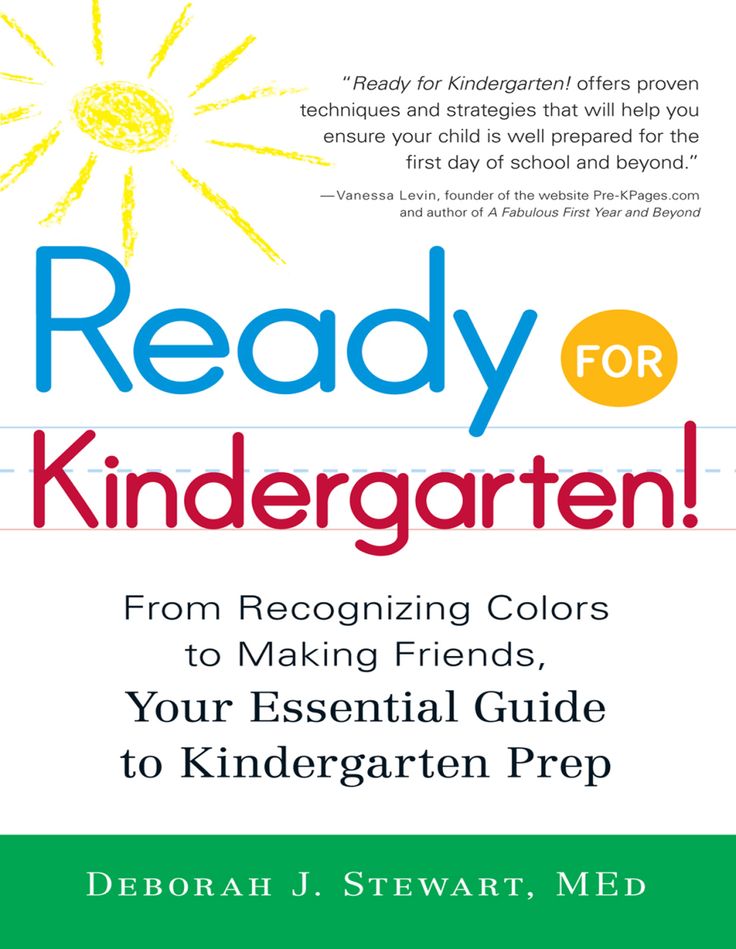 Parents can help the child to see the analogies of what they read with his own life.
Parents can help the child to see the analogies of what they read with his own life.
A book is the best teacher of a child.
With its help, he will be able to find answers to his questions, learn about the world and himself, experience the stories of heroes, fantasize the development of further events of a particular work.
The kid is growing, which means that every day more and more new experiences await him, he actively explores the world and makes many discoveries. He receives more and more diverse information he needs for further correct physical, mental and mental development. Children receive new knowledge from the people around them, primarily from their parents, as well as from books.
It's no secret that today's children read little, preferring books to watching TV programs and videos, computer films. This sad reality should make us parents think and try to somehow correct the situation.
From a very young age, babies need to read as many books as possible.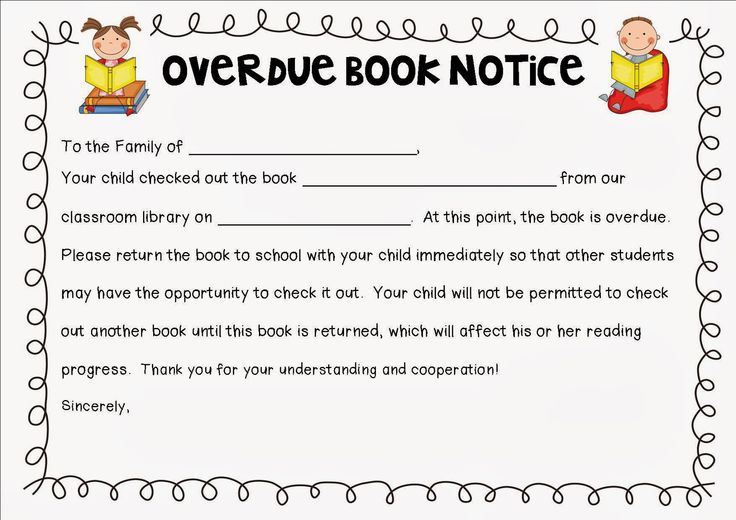 It is very important that he loves this activity. The book may be of interest to both boys and girls, the main thing is to find an option that the child will like.
It is very important that he loves this activity. The book may be of interest to both boys and girls, the main thing is to find an option that the child will like.
Scientists have found that a child who is read to systematically accumulates a rich vocabulary.
Reading with the mother, the child actively develops imagination and memory.
It is reading that performs not only a cognitive, aesthetic, but also an educational function. Therefore, parents need to read books to their children from early childhood.
The variety of children's books surprises, but not always pleases. It is important to remember that in any book, including children's, the most important thing is the content.
Recommendations for purchasing literature:
Children 2-3 years old love books with large pictures, love to look at them. Here Russian folk tales come to the rescue: "Turnip", "Gingerbread Man", "Ryaba Hen", "Teremok".
It is always easier for a small child to perceive a story than reading. Therefore, tell him fairy tales in your own words and at the same time look at the pictures for the book.
In the third year of life, vocabulary increases rapidly, and the child can already read poems. Introduce the work of A. Barto, Z. Alexandrova.
In children 4-5 years old, vocabulary is activated, coherent speech is developing. When reading literary works to a child, you need to pay attention to individual words and expressions. You can learn to retell short texts of Russian folk tales.
Slowly start memorizing poems. At this age, you can introduce the child to the tales of foreign authors, heroic folk tales, stories about nature and animals, and the work of K. Chukovsky.
For children 6-7 years old among all genres of fiction, fairy tales are still in the first place, only author's ones are added to the folk ones. Therefore, they can be introduced to the work of Eduard Uspensky, with the funny stories of N.